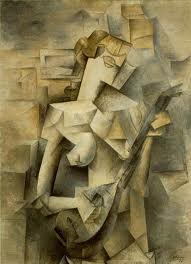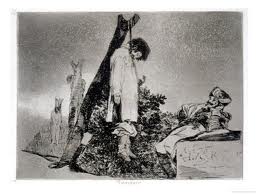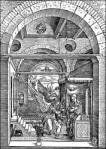Sigmund Freud once said that, “…artistic talent is still a psychological riddle”.
I have often thought about what it is that differentiates a master from an artist: those individuals who are written into history as an experience and not just a by-product of it.
I believe that talent is not a mark of genius or creativity; nor, is creativity a mark of talent or genius; nor, do I think that genius is a mark of creativity or talent. (Sorry for the lesson in Boolean algebra.)
Creativity, genius and talent are all a mark of originality. And originality is a discipline to a style that
inherently becomes one’s own.
Originality becomes a recognizable trademark of the master so even if we, the audience, have never seen this particular piece of art before, we are still able to identify it with that particular artist.
A woodcut or engraving by Albrecht Durer is identifiable by his use of eliptical-linear lines adding a three dimensional aspect and his off-center perspective (the golden section). Although accomplished, both Schongauer and Goltzius are different in appearance.
The etchings and drypoints of Rembrandt are unmistakeable because of his impossibly-rich burr and meticulous use of cross-hatching which enhanced his use of chiarscuro. Whether the print is a Biblical scene, a portrait, a landscape, an allegory or any other genre, his print oevure is distinct.
Miro employed his playful use of his biomorphs.
Chagall had his reocurring motifs of floating lovers, farm animals with human eyes, fiddlers on roofs.
Picasso utilized his multi-dimensional perspective of cubism.
Goya wielded his burin in satirical renderings of the elite.
These artists distinguished themselves by their brilliance which is not a measure of watts but wit. They have separated themselves not just because they are remembered over time, but in tomes.
These artists have distinguished themselves by being original.
That is the genius of their art!










